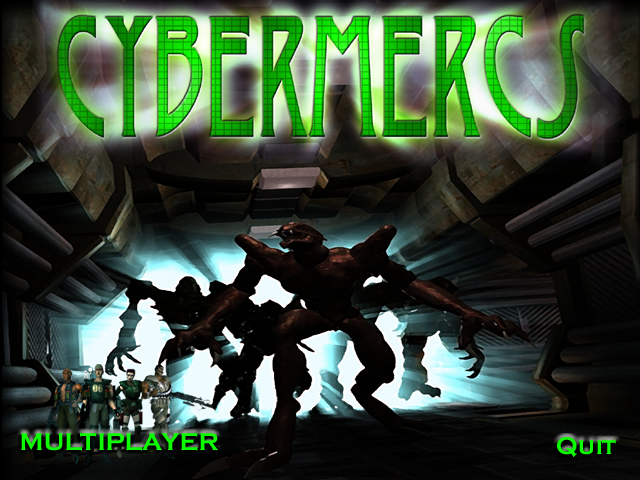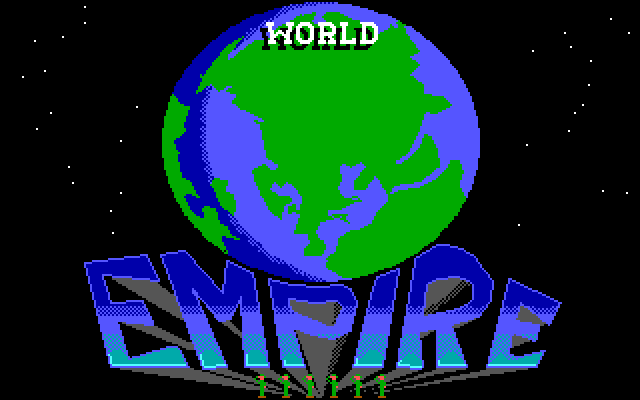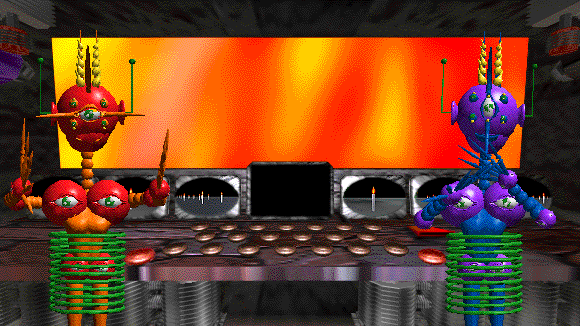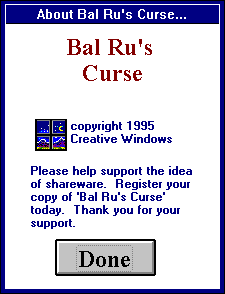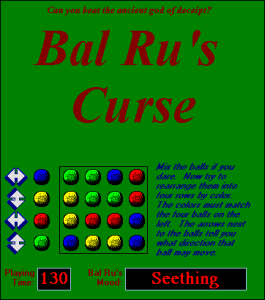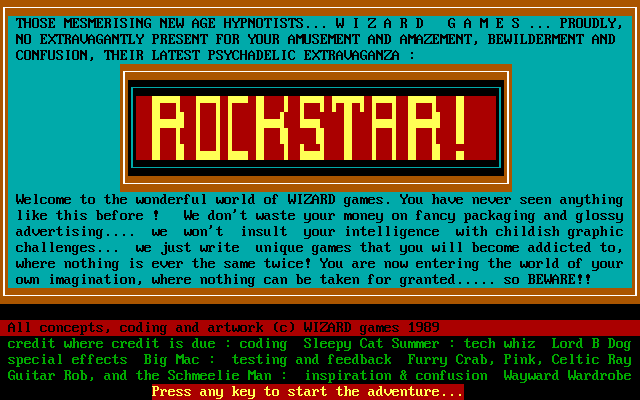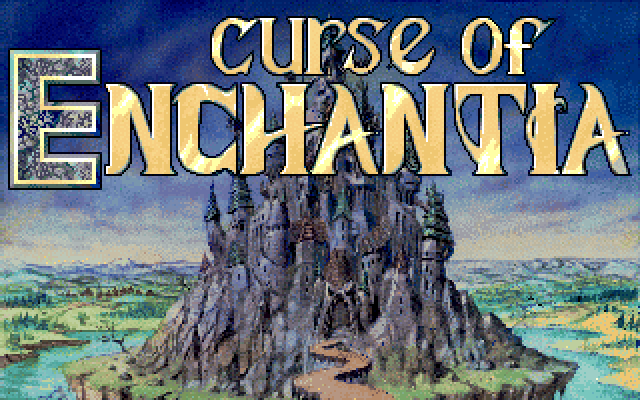Bob Stein on the Voyager Company, transitional multimedia, and the long outlook on information 

Named in the spirit of the famous space probes sent into unknown territory, The Voyager Company was the first and perhaps most notable group to experiment with multimedia and software as new ways of presenting content. Though best remembered as the company that created the Criterion Collection, Voyager’s sensibility for expanding and contextualizing media saw its greatest expression in the company’s line of CD-ROM products. From 1989 to 1997, Voyager released dozens of titles that used audio, video, and interactivity to enhance existing works, tell compelling stories on significant topics, and create original art in an uncharted format.
That a media publisher on the bleeding edge folded isn’t unexpected, but their work is still surprising and unique two decades later. Shades of Voyager can be found everywhere from DVD special features to interactive web presentations. Much of their output, unfortunately, has never been reproduced in other formats – a shame both for the value of that content and for historical purposes.
For Bob Stein, co-founder and creative brains behind the Voyager Company, the CD-ROM was just one step in an ongoing exploration of the digital, collaborative future of information. He is currently co-director of the Institute for the Future of the Book, where he continues this advocacy work. Stein was kind enough to talk with me about the mission and legacy of the Voyager Company and its CD-ROM library. We touched on Voyager’s explorations beyond print, convincing people to take a chance on new media, and how CD-ROMs and virtual reality reflect the evolving role of authorship. » Read more about Bob Stein on the Voyager Company, transitional multimedia, and the long outlook on information


